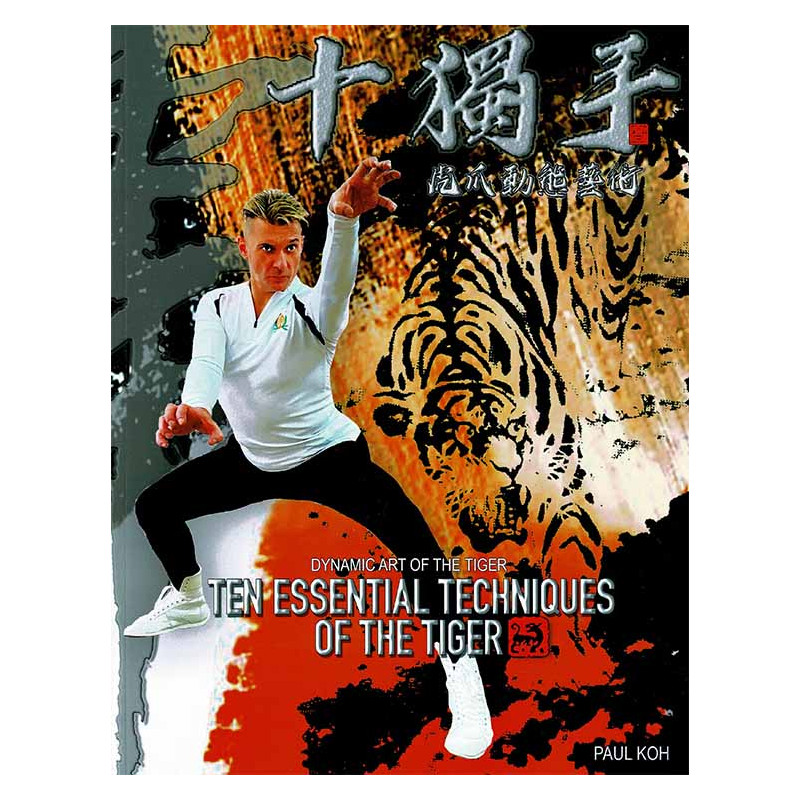




The culmination of training lies within the balance of both internal and external elements of the practitioner. The greater we understand the interplay of these aspects of ourselves, the better we are equipped to practice and apply the principles of the Ten Essential Techniques, Sup Duk Sao.
The various forms and techniques laid out in this book follow the precepts of these three methods of conceptualizing the movement. Simply put, the eight directions of the bhat gua are used to visualize the footwork and directions within each form, with all movement emanating from the center point. The yin and yang provides the balance of the hard and soft, fast and slow aspects of how to play the movements. The five elements represent the different parts of the body as well as the intangible, internal processes that occur when the practitioner is executing the technique. These three philosophical concepts allow the individual to integrate his movement in a harmonious fashion. Therefore, understanding of these three gives a fuller picture of the physical as well as mental approach that should be used to learn the ten essential techniques and better understand the Dynamic Art of the Tiger.